Riding a bike can be one of the most soothing experiences one can have. Besides being a leisure activity, biking is being used to commute more and more every day. Since 2000, the number of US citizens who used their bikes to commute to work has increased by 61%. Riding a bike is not difficult; however, we are not born knowing how to do it. It’s not rocket science either, but it takes some training to get used to, and we’re here to help you in each step.
Before Embarking on a Bike Ride Journey
However simple it may sound, bike riding is a process that requires our attention before, during, and after. We don’t advise you to simply take your bike and start riding, so here is a beginner cycling plan to make your experience as pleasurable as it can be.
Take your bike to the shop
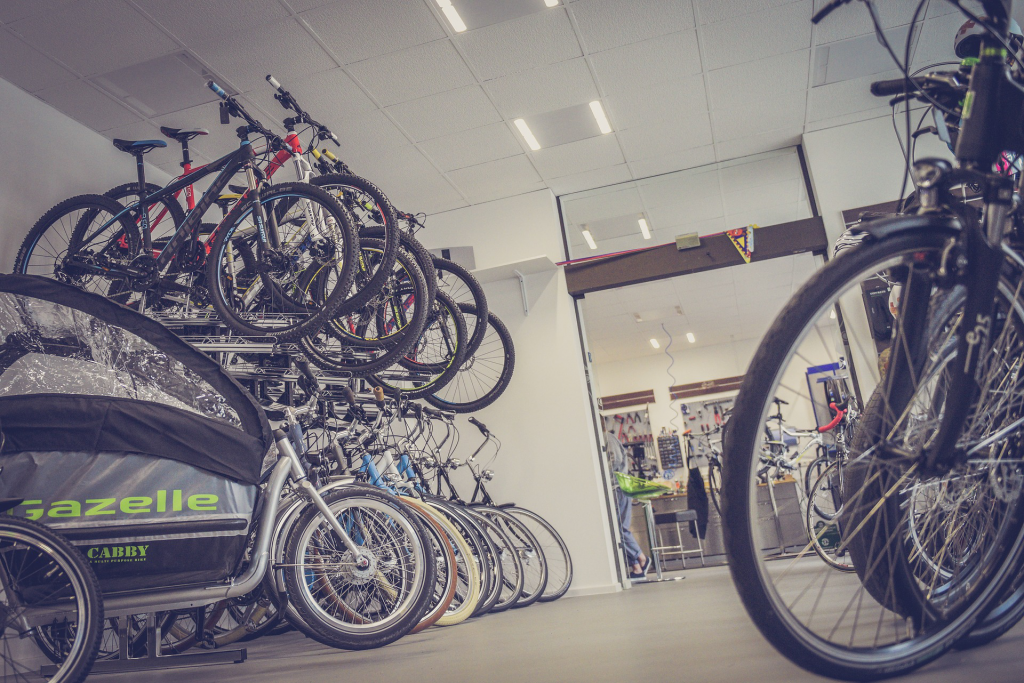
There are people who know their bikes like the back of their hands, but there are also people who have no idea what goes where. If you are the second one, don’t worry; you don’t have to know everything. However, we do advise you to at least get some basic knowledge about bikes; and the best place to do that is a bike shop. Bike shop employees have a decent amount of knowledge and experience that will be very valuable to your bike journey.
Dress for the weather
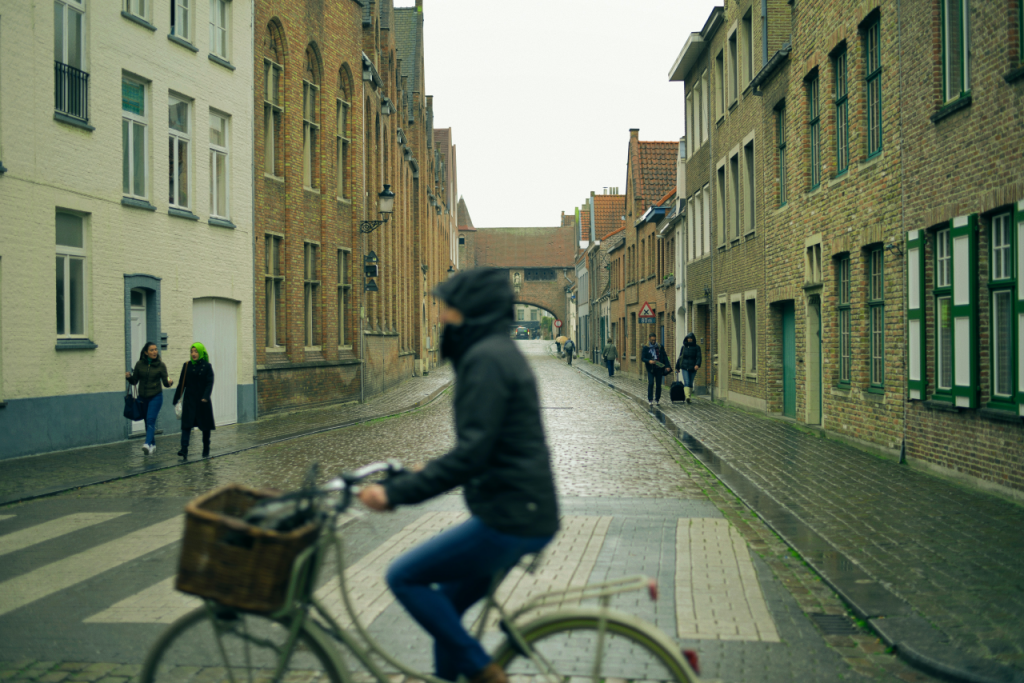
You don’t want to freeze in the cold while riding your bike, nor do you want to sweat and be uncomfortable in intense heat. To prevent these issues, it’s a great idea to check the weather forecast before heading on your journey. On rainy days, we suggest you wear a waterproof jacket and waterproof rain pants. On warm and sunny days, a t-shirt and your glasses should do just fine.
Use a helmet
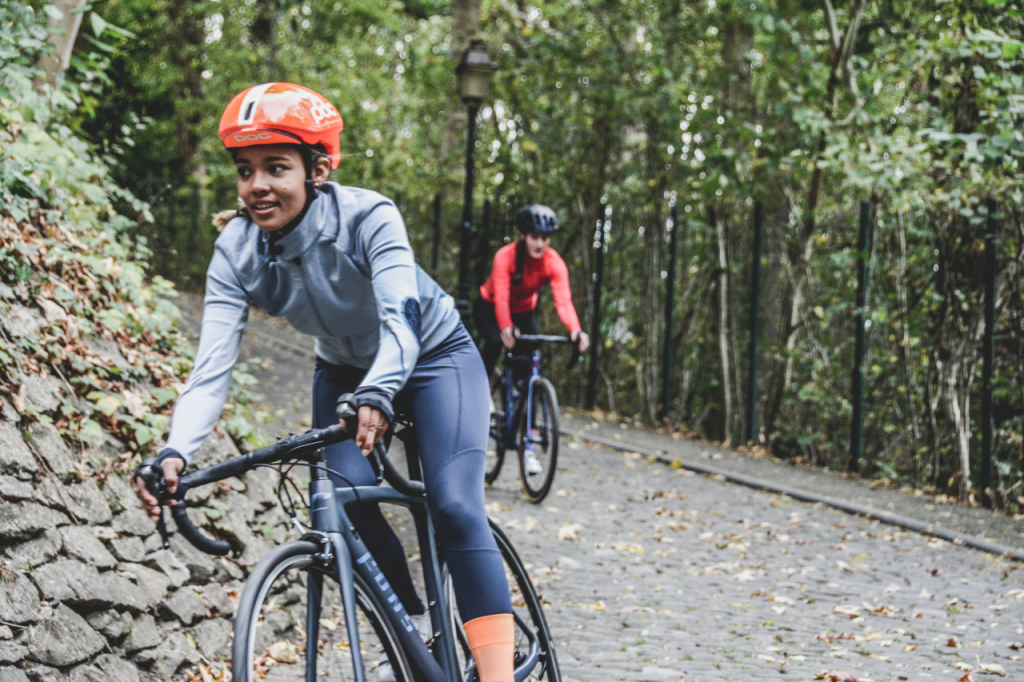
Safety first. We know that you’d like to be as comfortable as you can while riding a bike. However, comfort is useless without safety. If our words don’t convince you, here are some numbers: bicycle helmets reduce the risk of serious head injury by nearly 70%.
Get water and food for the road
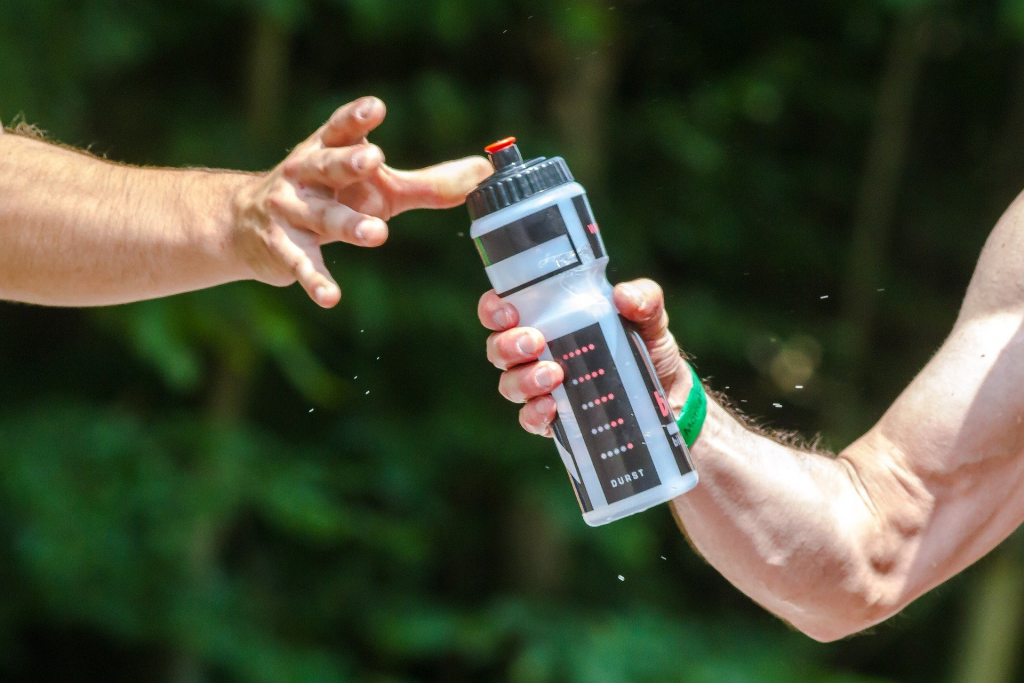
Riding a bike requires physical activity, and you’re expected to get thirsty and hungry. That is why we suggest you always bring water and food when on the road. Most bicycles usually have a water bottle holder, but even if they don’t, make sure you put some in your backpack.
Where Should You Train for Bike Riding?
You’ve prepared for your journey, have taken all the measures, and you’re ready to ride. But where should you do it? Beginner bike training should not be done anywhere. We suggest you train to ride your bike in secure places, with someone that accompanies you, and on a route you’ve planned beforehand.
In secure places
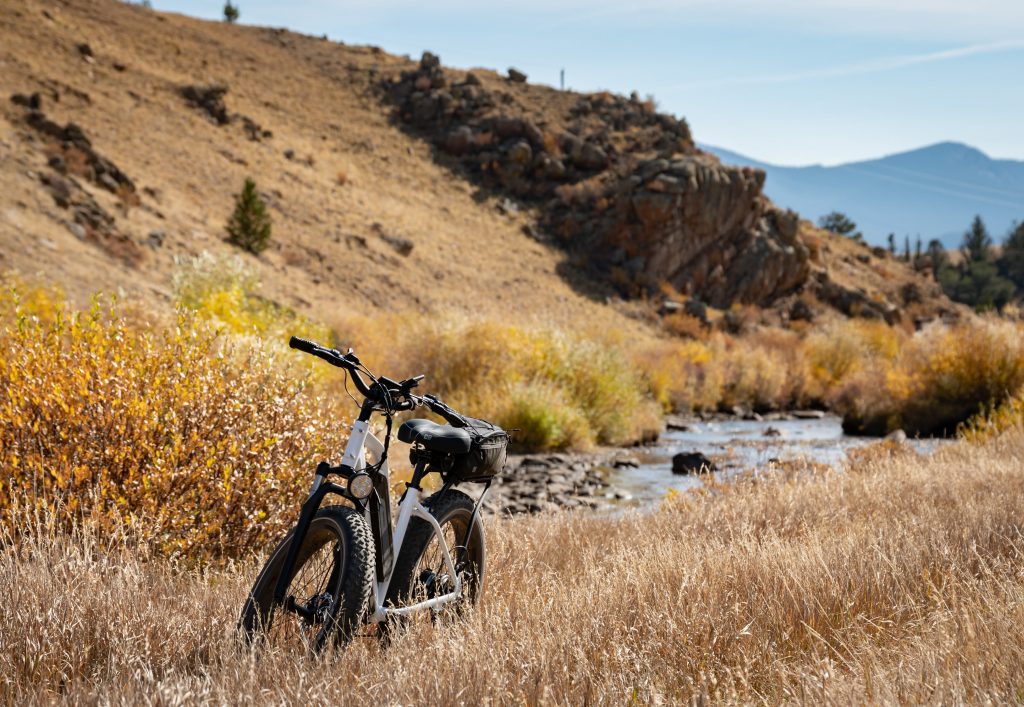
Beginner cyclists may be exposed to different risks, and their lack of experience may put them in uncomfortable situations. Riding a bike for the first time in a crowded area with people or cars is not a great idea. On the other hand, a spacious and not too crowded environment is a great starting place. However, make sure you are not too far and in an area where there is not a single soul because you will want to have someone help you in case something unfortunate happens.
Plan out your route beforehand
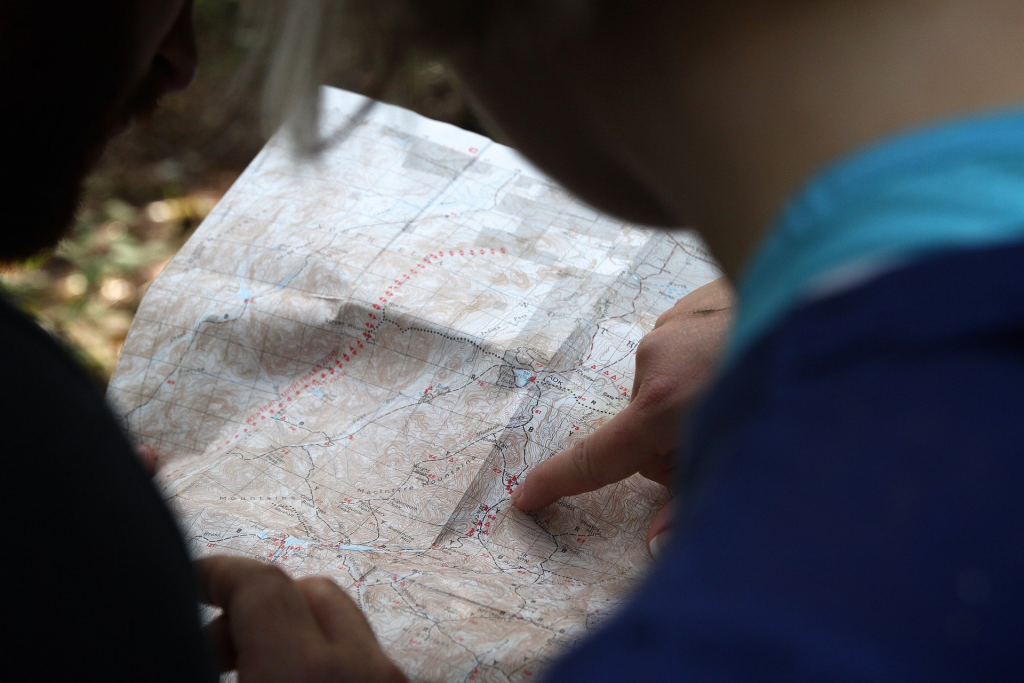
If you are a person who plans everything in their life, then probably your route will be planned beforehand; but if you are a person who likes to improvise, bike training for beginners is not the time to do that. Planning your route beforehand will help you know where you’re going and calculate the time of arrival.
Find yourself some riding company
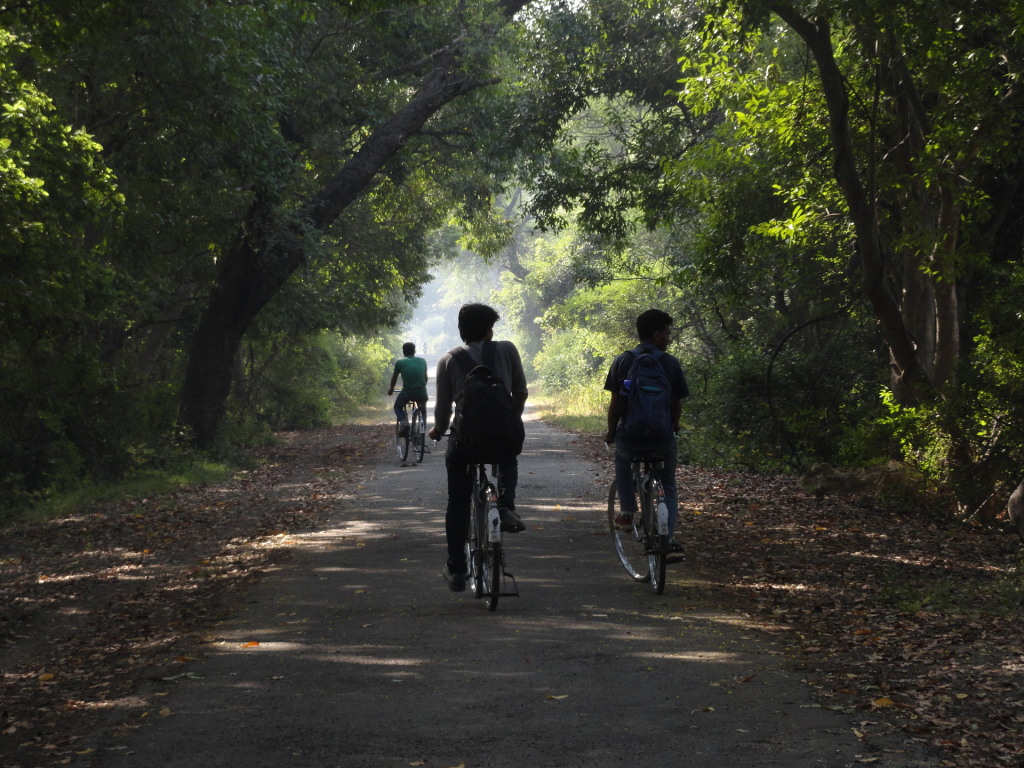
Experiences are meant to be shared. Some of you may like to bike alone to clear your head, but you can do that later when you get some experience. For your first steps, we suggest you bring some company so you can help each other, share a talk, and train together.
Where Should You Start
You’re about to experience your first time riding a bike, and you’ll surely remember it. Don’t forget to stay calm, pedal in a balanced rhythm, and use the bicycle parts properly.
Learning to pedal at a steady rhythm
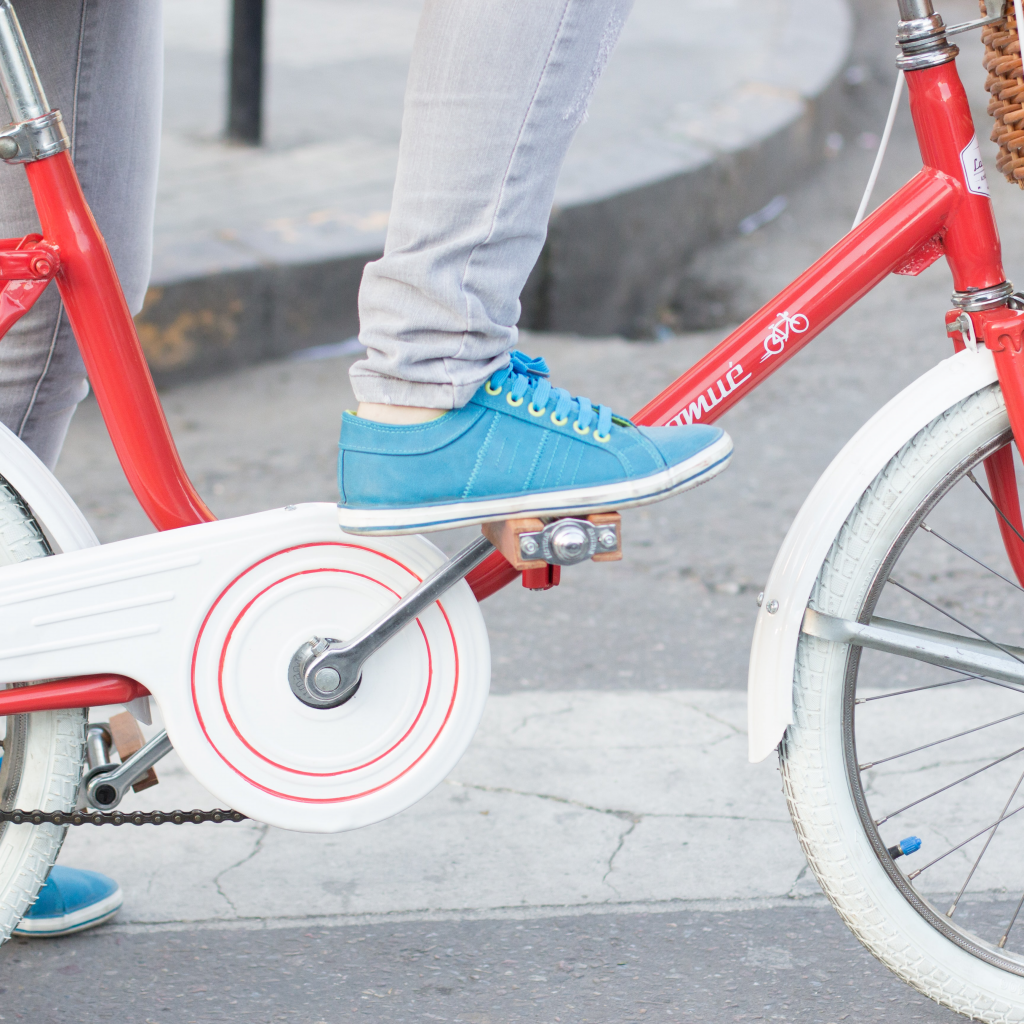
We may not remember, but we would always lose our balance when we were kids and took our first steps. The same thing may happen when you first start to pedal, but that is not something to worry about. The key is to pedal at a steady rhythm, not slowing too often but also not speeding unnecessarily. As Albert Einstein once said: “Life is like riding a bicycle. To keep your balance, you must keep moving.”
Learning to corner properly
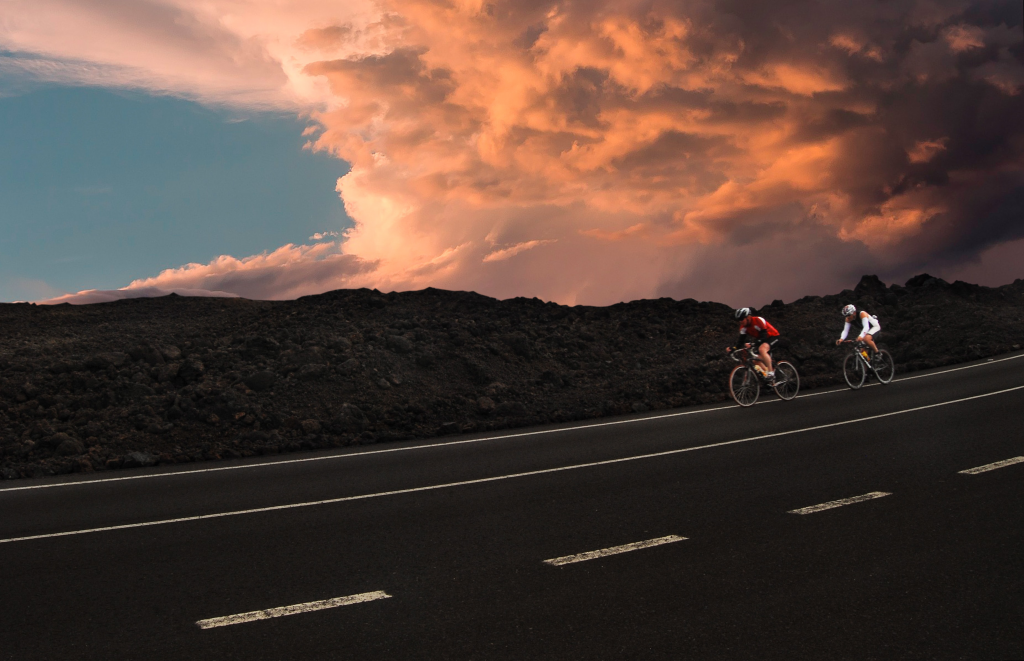
Life has many twists and turns; so do the roads that you will cycle on. Riding on corners is not easy. Even the most experienced and skilled bikers may experience difficulties, but that shouldn’t scare you. When you get close to a corner, the three most important things you should consider are corner sharpness, lane width, and the surface’s grip. If the corner is too sharp, you need to take a wider turn to be safer, and that’s where wide roads come to the rescue. If the surface is wet or broken, you’ll have less grip, so adjust your speed to avoid losing balance.
Learning to use the gears
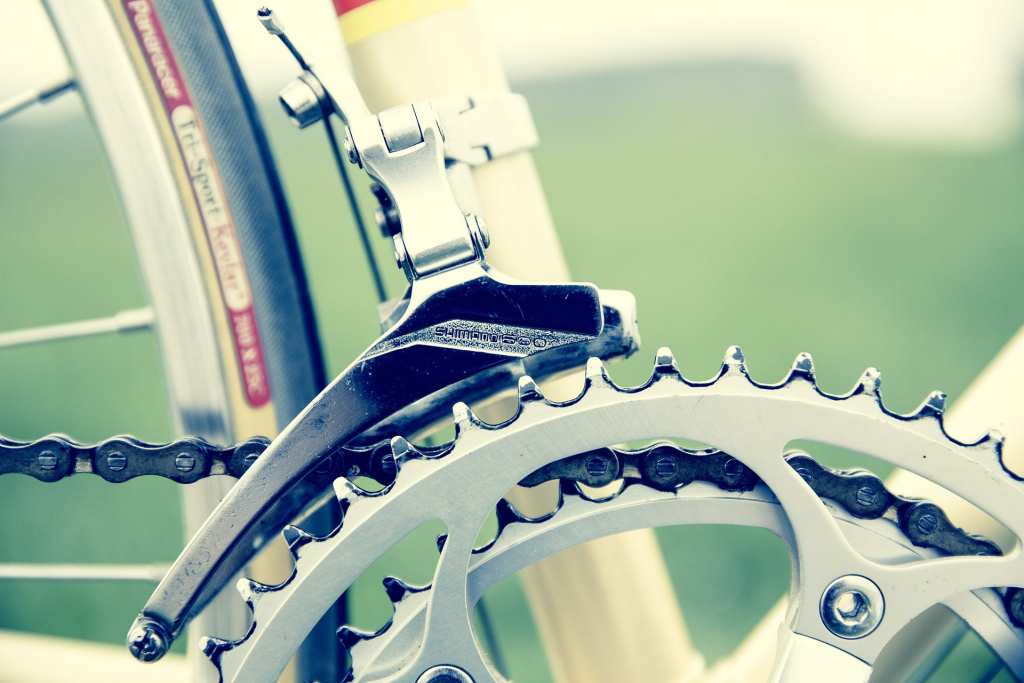
You may ask yourself why do bikes need so many gears? Well, that is because no single gear can maintain a comfortable pedaling speed in any terrain. Multiple gears help you adjust your pedaling depending on the terrain that you’re cycling on. The high gear (sometimes known as the big gear) is adequate when you ride at high speeds and when descending.
The low gear, on the other hand, is optimal when you’re climbing. Now that you have a grasp of what gears are, here are some tips on using them. The shifter connected to the left side of your wheel controls the front gears, and you should use them when you experience sudden changes in the terrain. The shifter connected to the right side of your wheel controls the rear gears, and you should use them during slight terrain changes.
After Getting Back From Your Bike Ride Training
You’ve had your fun, and now you know the basics of how to ride a bike. Now it’s time you learn what needs to be done after you get back from your training. You and your bike have been on an adventure, but now you both need to be taken care of.
Clean your bike
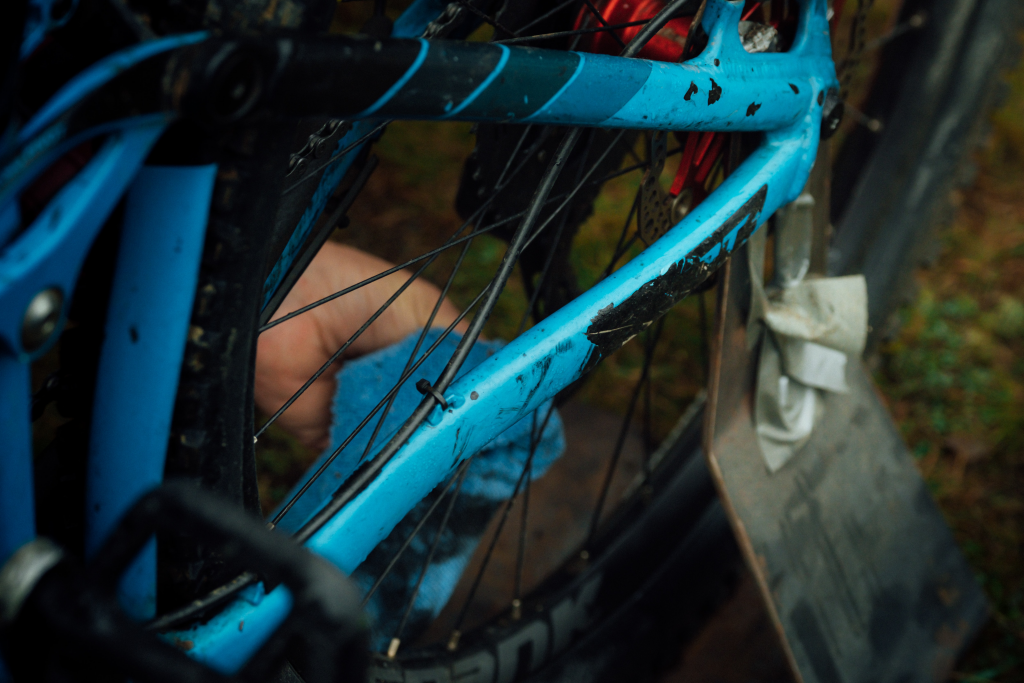
We can only imagine how hard it should be to come home after a great time riding your bike and realizing that it’s time to clean it. However, we advise you to clean your bike every once in a while, so it rides with no issues.
This process doesn’t require a lot of time and can be done with a small number of tools. All you need is some water, clean rags, a degreaser, and lubrication. You may also use a chain cleaner and a bike stand for a smoother experience, but those are optional.
Refuel with water and nutrient foods

Now that you’ve taken care of your bike, it’s time you take care of yourself. Riding a bike takes a lot of energy, and you don’t want to feel exhausted. Refueling with water and nutrient foods is an essential step towards recovery. Nutrient-rich foods will help you recharge your batteries and get you going for the next part of your day.
Make use of compression socks
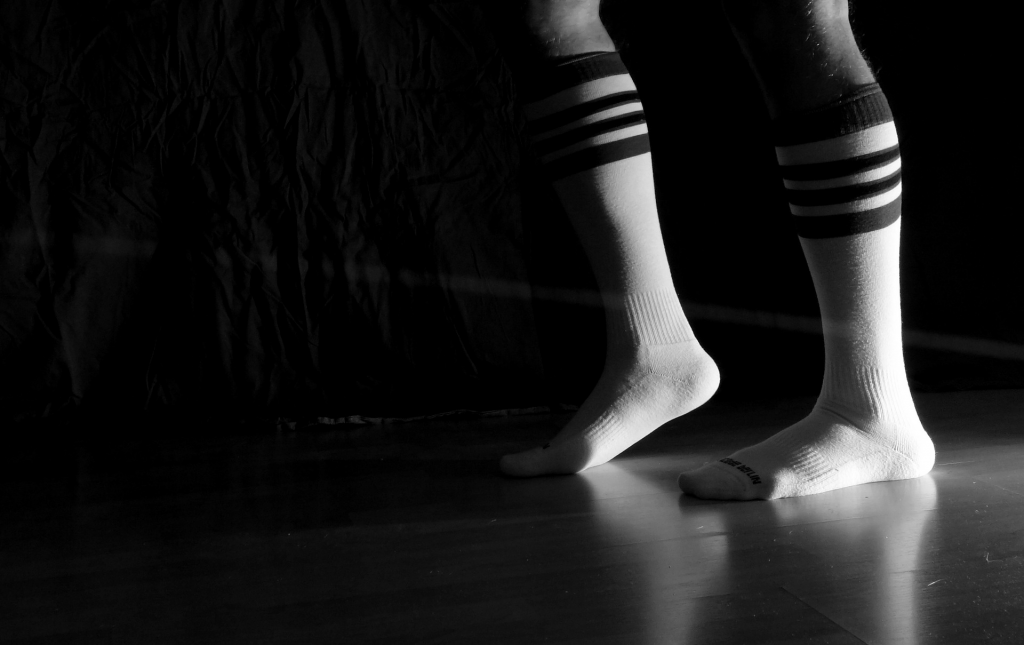
Have you seen professional cyclists’ muscles? They’re great, but they don’t develop by laying in your bed, nor by walking. Biking uses numerous muscles, significantly lower body ones, and you may expect to feel sore muscles after your ride. Don’t worry; we’ve got you covered. If you want to feel better and are looking for a quicker recovery, we advise you to use compression socks. They improve your blood flow and can lessen pain and swelling in your legs.
That’s it. We hope that this beginner cycling training plan will help you learn a new skill. Now take your bike, equipment, and friends, and enjoy the wonderful experience that riding a bike brings.




